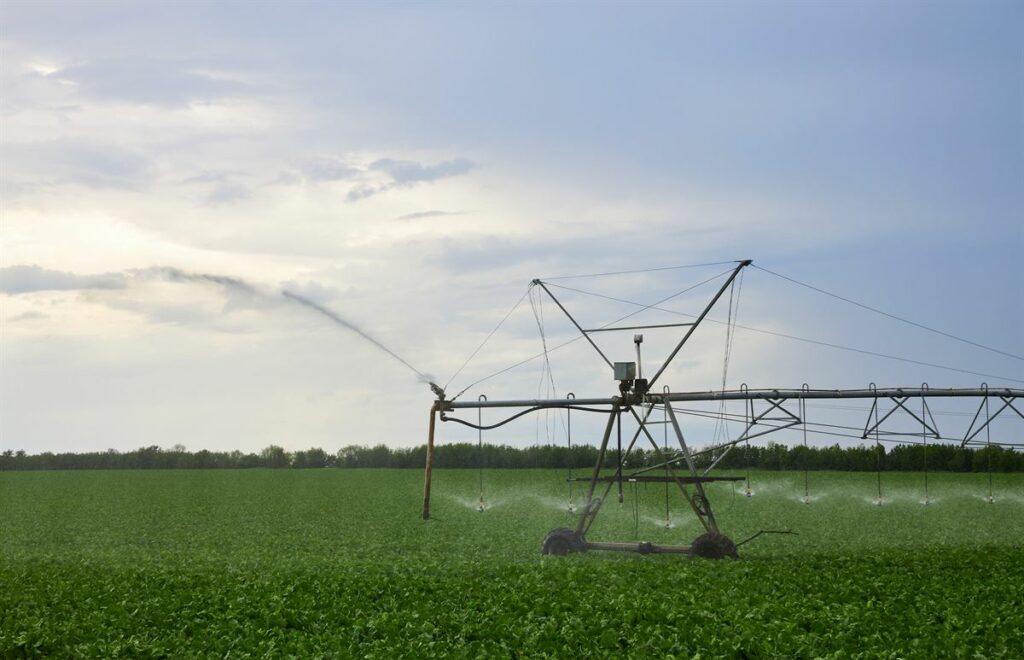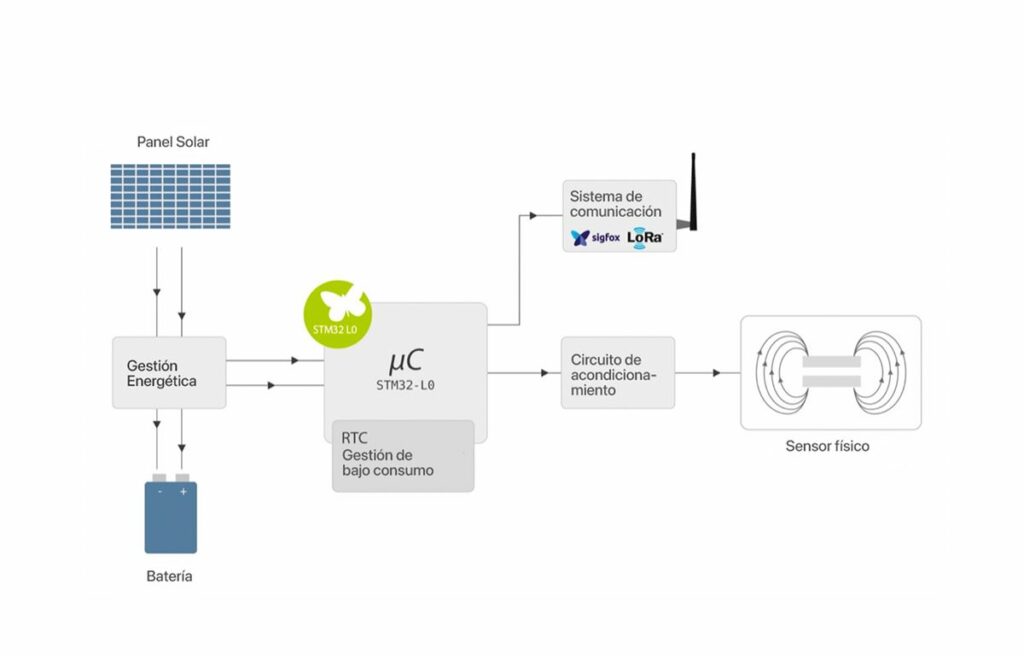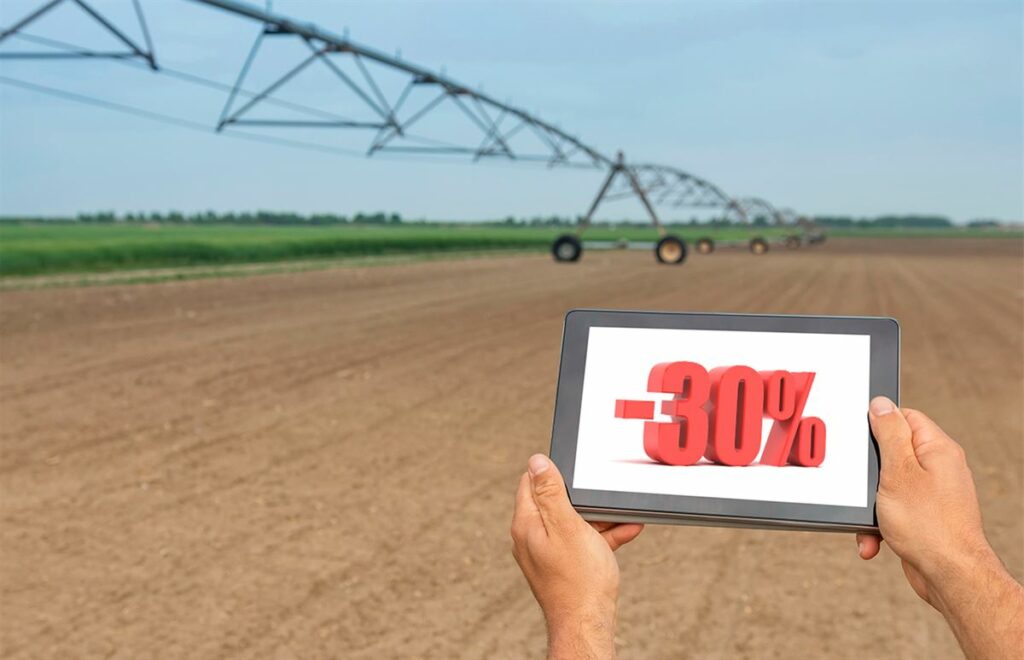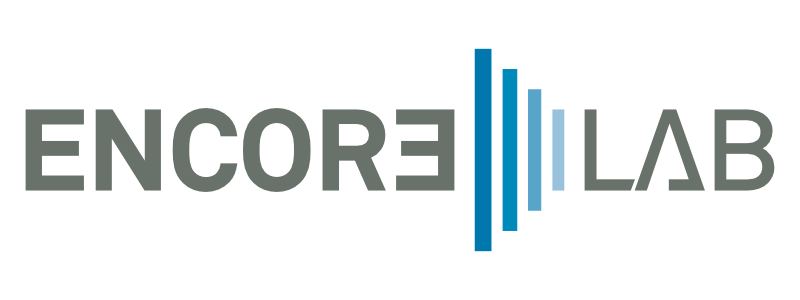Project HSENS
File
Project description
Agriculture is a pillar of the European economy. Currently, 106.2 million hectares, or 24.7% of the total land area, are used for agricultural production in Europe.
Water is a key resource for agriculture for both economic and environmental sustainability. The volume of water used for irrigation per year in the EU-28 is 39.8 billion m3 , which corresponds to eight times the total consumption of drinking water in Spain per year. However, effective irrigation is only 35% of this amount.
Crop irrigation is usually applied on the basis of a fixed schedule or even on the farmers’ intuition. Although technologies such as soil moisture sensors are available on the market to help farmers make better water management decisions, there is little market penetration of these technologies,
mainly due to disadvantages such as price, complexity, the need for specialised personnel and high energy consumption.
HSENS will overcome all these limitations. ENCORE aims to design a low-cost CyberPhysical-System that will integrate sensing, logging and remote communication functionalities. Using the latest low-power IoT technologies such as Ultranarrow Band protocols and the new generation of low-power STM32-L0 microprocessors.
Furthermore, the envisaged system will be designed to make the deployment process very simple, so no specialised personnel will be required (DIY concept) and only a simple application will guide the user through the process.



Reply from Encore-Lab
ENCORE staff will define the device design, size, shape and materials of the electrodes that will form the capacitor whose capacitance measurement will measure the soil moisture level.
The sensor design shall be based on theoretical equations. After that, a prototype will be created and tested on different soil substrates, according to the soil texture triangle with the 12 main texture classes and particle size scales.
Different moisture conditions will also be tested for each textural class. Several candidate sensors will be studied taking into account their performance under different conditions and also their cost.
Once the final design has been defined, further tests will be carried out to define the equations and the sensor graph for each texture class.
Results
With the world’s population expected to increase by 65% (3.7 billion) by 2050, the additional food needed to feed future generations will put enormous additional pressure on freshwater resources. Agriculture is the largest single user of freshwater and accounts for approximately 75% of current human water use.
Globally, in both irrigated and rainfed agriculture, only 10-30 % of the available water (as rain, surface or groundwater) is used by plants as transpiration, and even less (5 %) in arid areas.
In this context, improving water use efficiency in agriculture could not only make better use of this scarce resource, but also reduce the energy consumption derived from the use of pumps and other devices involved in irrigation.
HSENS proposes a new technology that will make a significant contribution to these goals, enabling both water and energy consumption to be reduced by more than 30% in agriculture. In Europe alone, the new system would save almost 12 billion m3 of water per year.
While the system will be validated in vineyards and fruit orchards during the project, it could be used in any type of crop anywhere in the world.
ENCORE will market HSENS through two channels: on the one hand, through distributors and distributors.
agricultural technology, irrigation machinery, etc., and, on the other hand, through an online shop. It will be sold first in EU countries, especially those where agriculture is a more relevant activity and water is less available, such as Spain, ENCORE’s home country. Eventually, the company will sell the product worldwide.

